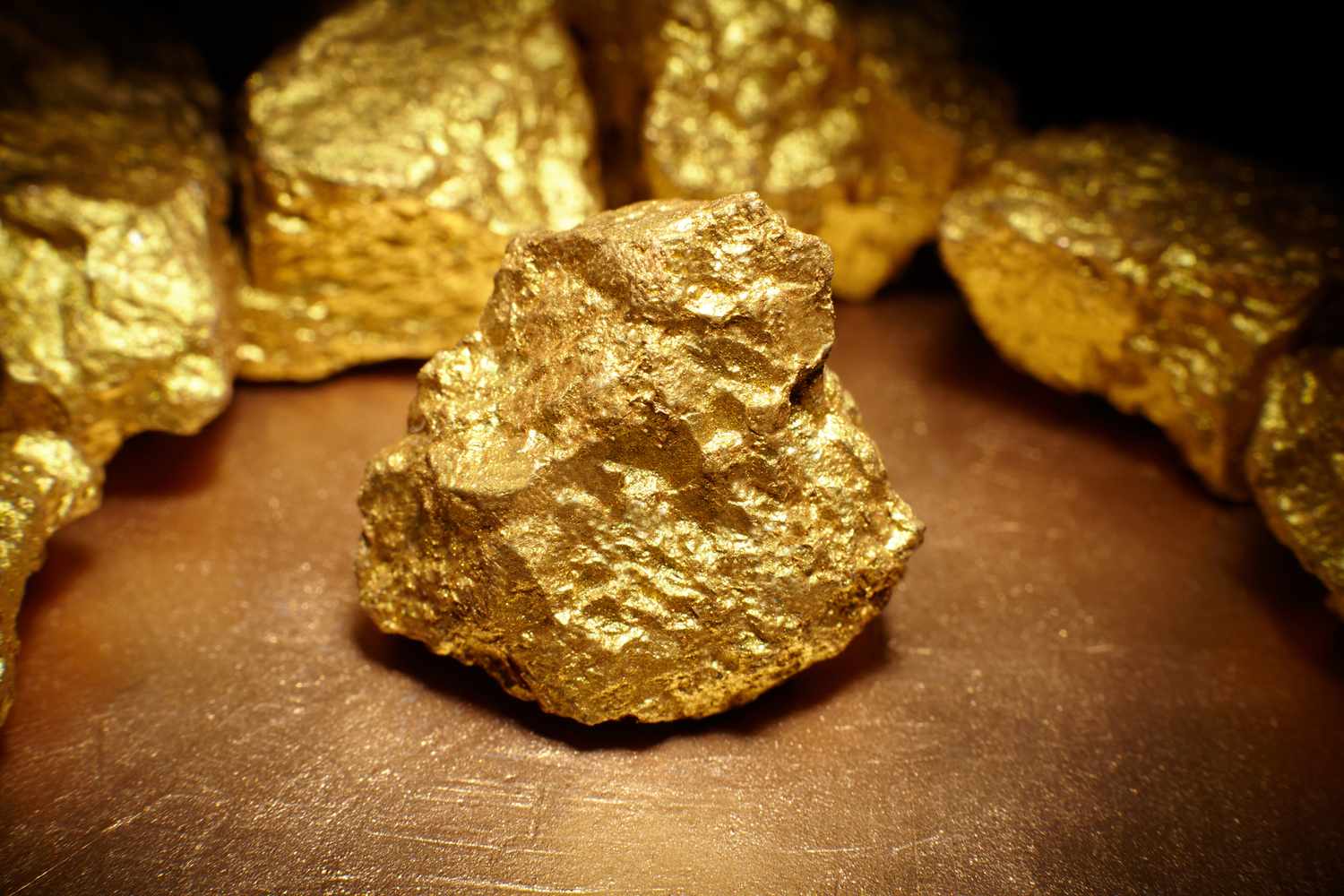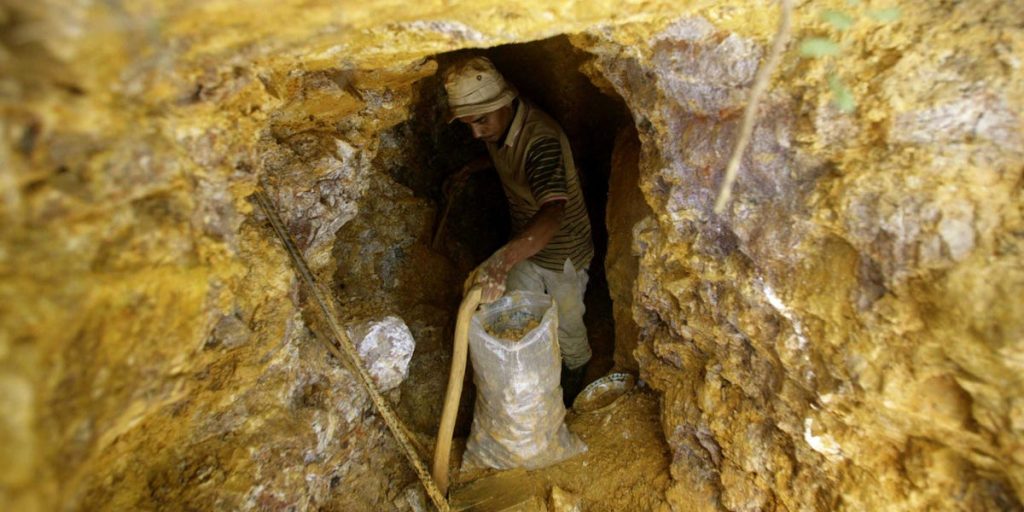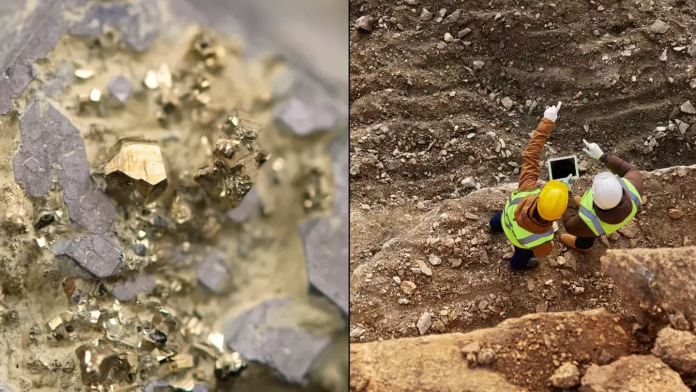Monash University researchers have figured out how quartz can be turned into gold. Nature Geoscience has published information about this.
The treasure has been discovered by scientists!
The ‘Gold Nugget Paradox’ study, which was published in Nature Geoscience, describes the formation of enormous gold fragments. There has also been an explanation of how earthquakes affect this process.

As proof of how gold is generated, Monash University’s tests have also provided a wealth of information about earthquakes and the gold formation process.
According to Business Today, researchers at Monash University used trials that mimicked seismic stress to extract gold from quartz. Tiny gold particles were left on the quartz’s surface by the electromagnetic field produced by the stress.
Scientists think that the appearance of gold floating in quartz is caused by piezoelectric voltage. Quartz cracks with seismic activity. Deep within these fissures, gold forms.
An electromagnetic field is created in quartz by the high pressure during an earthquake. This field, known as the piezoelectric effect, is essential to the creation of gold.
The study demonstrates the formation of enormous gold chunks. It also provides details on the intricate gold webs seen in quartz. The seismic origin of gold—the process by which gold is created underground by earthquakes—is clarified by this research.
According to experts, this study may potentially aid in the discovery of new gold mines. Additionally, it creates a fresh avenue for understanding the piezoelectric effect.

Comprised of silicon and oxygen, quartz is a crystalline mineral that is found beneath. Earthquakes and hydrothermal fluids can drive the transformation of quartz into gold.
In terms of gold reserves, America possesses the world’s largest gold reserve. There are 8,133 tonnes of gold deposits in America. On this list, India is ranked ninth. India’s government treasury contains 840 tons of gold.



